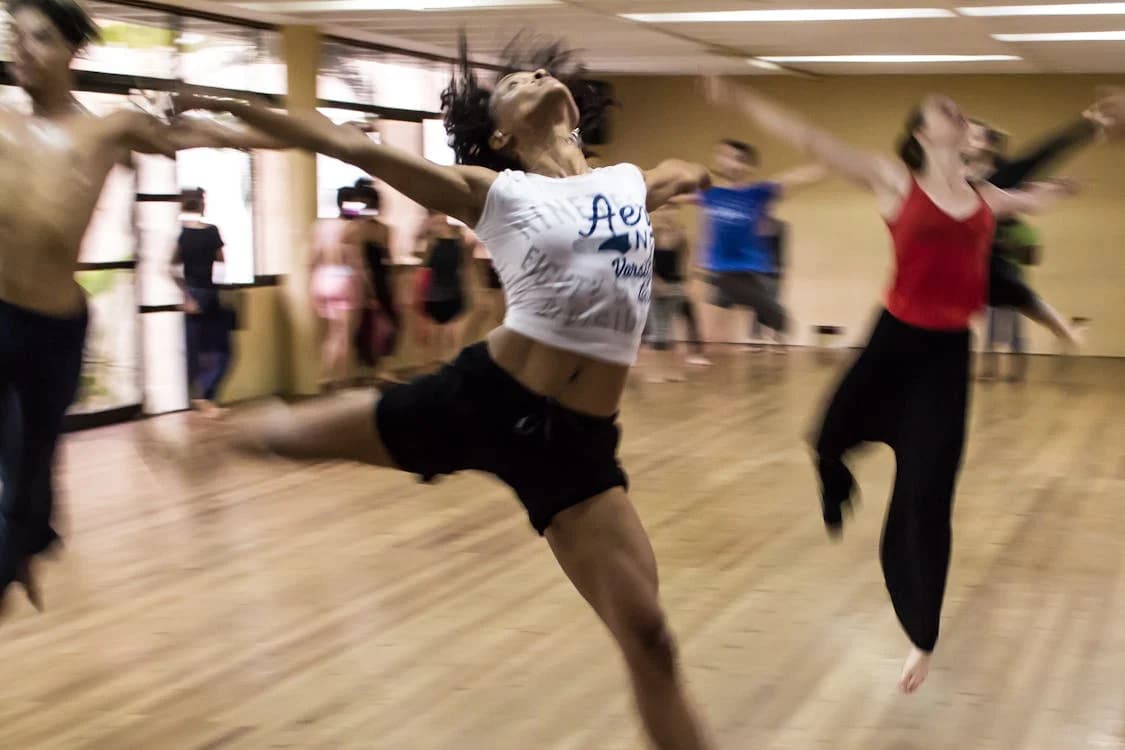According to the idea of the founders, International Dance Day is designed to unite all areas of dance, to become an occasion to honor this art form, its ability to overcome all political, cultural and ethnic boundaries, the ability to unite people in the name of friendship and peace, allowing them to speak the same language – the language of dance.
From the moment a person begins to walk, move, run, he expresses himself plastically. Sometimes a gesture, a turn of the head, a look are enough to understand each other. Look – here is a couple walking down the street at dusk. You only see them from the back – and yet immediately determine whether they are just acquaintances or lovers. It’s plastic. When a person is in grief, they become petrified. And the suffering of a silent man is not to be confused with the brooding of an inquisitive youth. This, too, is plastic. Everyone is capable of plastic expression of their emotions, that’s why dance connects people.
The history of the emergence and development of dance is rich and multifaceted.
Dance is one of the oldest forms of art. It appeared in the times of primitive tribes. Naturally, at that time the form and purpose of dancing differed greatly from those of today. The development of the art passed through several stages.
The dance began its life alongside the man. The history of early man’s art is inseparably linked with the history of human culture. Primitive man had ritual, hunting, labour and war dances. It was handed down from generation to generation. No matter how clever a man is, no matter how broad his interests, his life is inevitably impoverished if he cannot express his feelings in music, song and dance. It is no wonder that in ancient Greece, where were so developed the desire to cultivate a harmonious personality, philosophers, like all citizens, were not alien to dance, and of the great playwright and poet Sophocles we know for a fact that in honor of the victory of the Greeks over the Persians he publicly sang and danced the “Zeap”.
The Greeks understood the nature of dance, they understood that dance can reveal what drama, music and painting are powerless to do. The subtlest impulses of human feeling are subject to dance when it becomes art. Look at the ancient Greek steles, red-figure or black-figure vases. Here the bodies themselves are cheering, shouting, exulting. We say it’s plastic.
It is difficult for historians to determine exactly when people first began to dance. Still, the antiquity of this event can be judged from the ancient rock paintings found in India, which depict people dancing.
Presumably, dancing movements were used by primitive men even before the advent of speech. It was their way of communicating their emotions and feelings to each other. Besides, a dance might include a moment of play, giving the dancer an opportunity to “reincarnate”. For instance, hunters wove animal movements into their dances.
Dance was also closely intertwined with rituals. No ritual was without a special totemic dance that might last several days.



